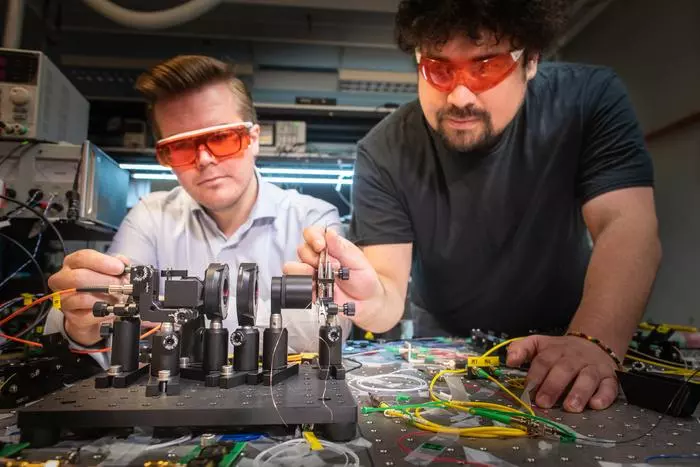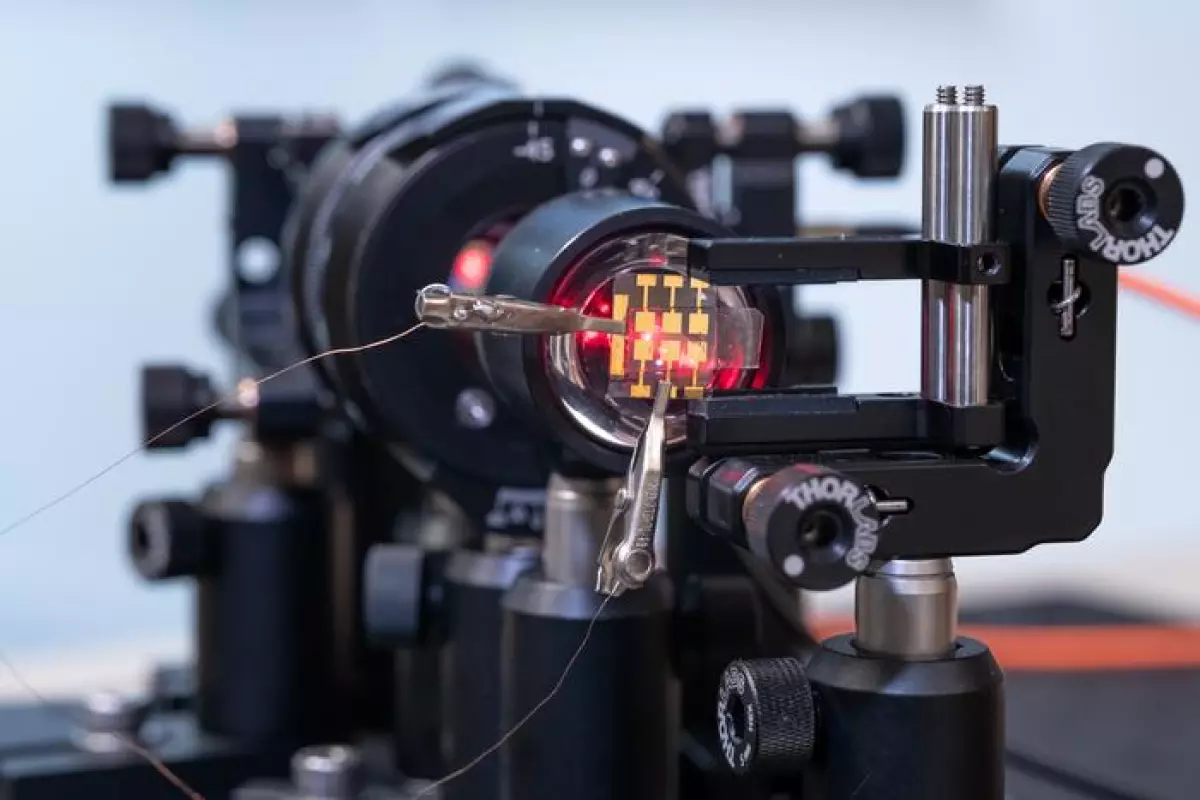Random numbers are critical to encryption algorithms, but they're nigh-on impossible for computers to generate. Now, Swedish researchers say they've created a new, super-secure quantum random number generator using cheap perovskite LEDs.
The cryptographic algorithms that scramble up digital messages are the bedrock of cybersecurity and the only way we can safely do business online. In order to ensure nobody can crack them, each message is coded with a key. The more randomness, or entropy, that's contained in this key, the more secure the encryption system will be.
The trouble is, computers are so rigidly procedural that it's impossible for them to generate truly random numbers without some external source of randomness. This source of randomness needs to be both extremely random and extremely fast; you can't stand there flipping coins all day.
So for highly secure encryption, special external hardware systems – hardware random number generators – are used, which tap into physical phenomena that can't be predicted even in theory: quantum mechanics at the atomic or sub-atomic level. These Quantum Random Number Generators (QRNGs) are today's gold standard of cryptography.
Researchers at Linköping University in Sweden say they've found a way to use perovskite – the cheap, enviromentally friendly wonder-material that's been driving so much progress in solar cell efficiency of late – as part of a cheap, high-bandwidth, next-gen QRNG system.
Perovskite, says the team, can now be fabricated into efficient, room-temperature light-emitting diodes (PeLEDs) with highly tunable optical properties and cheap, easy and flexible fabrication processes, so the material is viewed as a potential game-changer in next-gen displays, lighting and optical communications.

In a new study, the team showed it can also be used as a high-quality source of quantum randomness, by taking "projective measurements on weak coherent polarization states produced from the PeLED."
Remarkably, this perovskite QRNG system can even certify a degree of private randomness even in the case where somebody's eavesdropping on the generator and has taken control of the detectors and employs quantum entanglement to guess the outcomes.
"In cryptography, it’s not only important that the numbers are random, but that you’re the only one who knows about them," said Guilherme B Xavier, researcher at the Department of Electrical Engineering at Linköping University. "With QRNG’s, we can certify that a large amount of the generated bits is private and thus completely secure. And if the laws of quantum physics are true, it should be impossible to eavesdrop without the recipient finding out."
The team obtained extremely high quality randomness, measured across a bunch of different metrics, at a rate of more than 10 Mbit per second – and under the experimental conditions, was able to guarantee that about 71% of the bits generated were also certified private even in the case of a side-channel attack on the detectors.
The lifetime of the perovskite material isn't great at the minute; about 22 days. But the team is moving to develop the material further, in hopes of removing lead from the formulation and greatly extending the lifespan.
The team hopes to develop this technology into a product so small, cheap and robust that it could eventually be used in consumer electronics. It believes it'll have the first iterations commercialized and ready for cybersecurity applications within five years.
The research is open access in the journal Nature Communications Physics.
Source: University of Linnkoping





